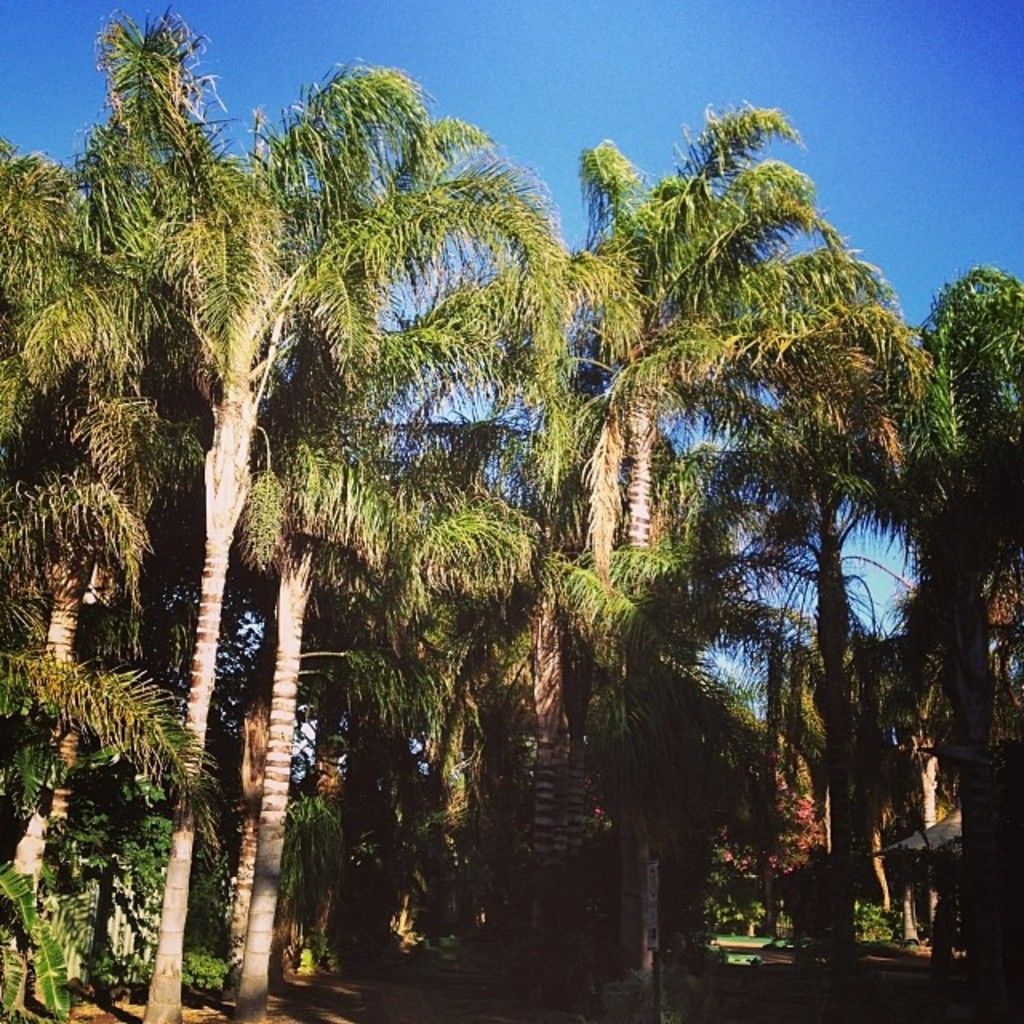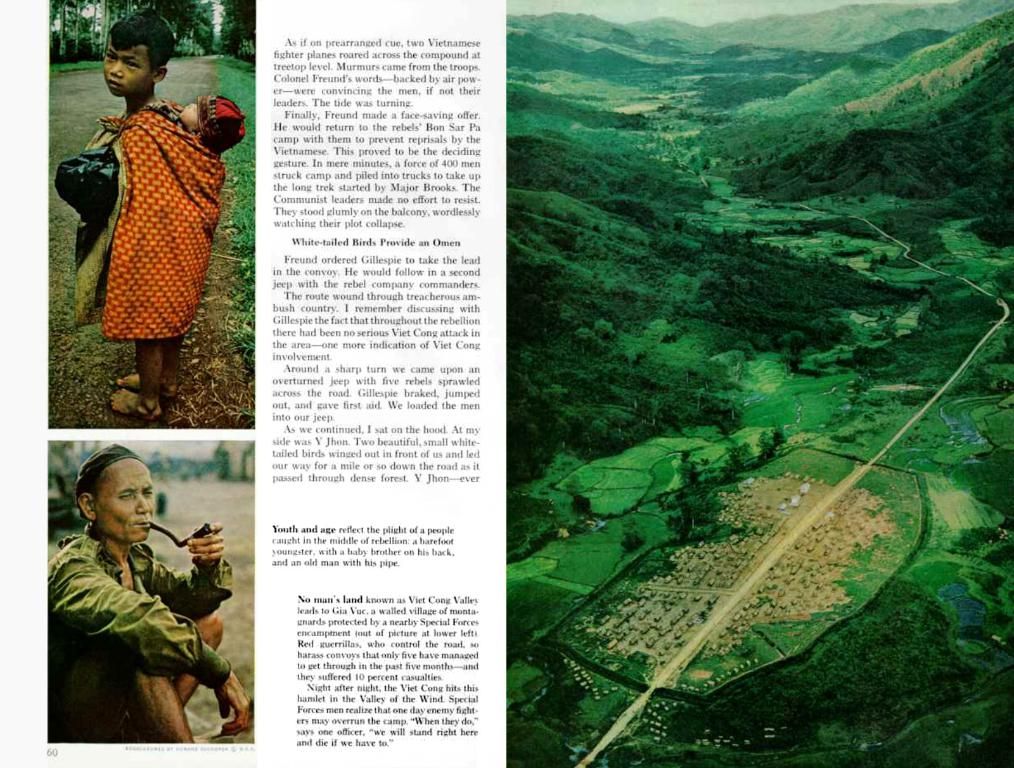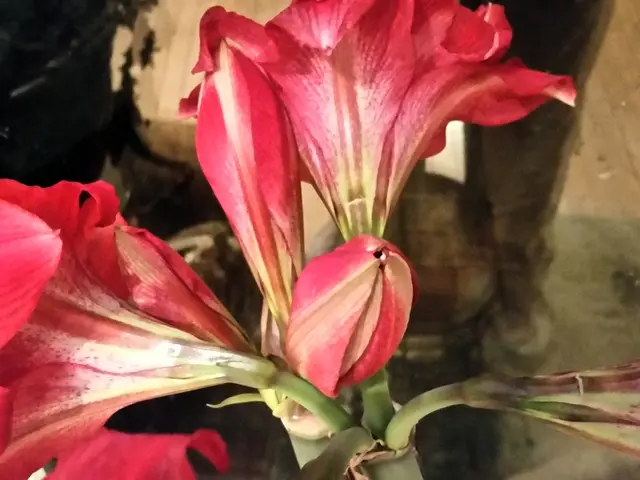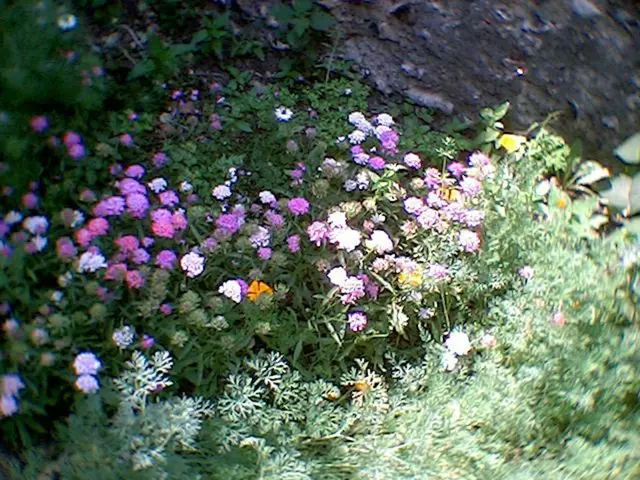Quick-Expanding Turf Grasses for an Immediately Greener Yard:
Crafting Your Dream Lawn: Speedy Grass Choices for Every Climate
Speed is crucial when embarking on a lawn transformation. Pick grasses suited to your location to swiftly achieve a lush, green yard.
Transforming your lawn from seed to green has never been quicker - provided you select the right grass for your region. With so many options available, it can be tough to sort the wheat from the chaff. We quizzed the experts on the best fast-growing grasses for a variety of climates, ensuring a vibrant lawn in no time.
Bermuda Grass – Outstanding for Midsouthern Regions
A popular drought-resilient turfgrass, Bermuda grass (Cynodon dactylon) shines in warmer climates. "Bermuda thrives in hot zones," says Steve Sylva, owner of Steve's Services, a Massachusetts landscaping company. Its adaptability to multiple soil types, high sunlight tolerance, and resilience during prolonged dry spells make it an exceptional choice for sun-drenched lawns across the South. Bermuda grass takes just one to two weeks to germinate, but remember it's a dense variety that can easily spread. To maintain this rapid-growing grass, mow it to a height of around 1-2 inches.
Zoysia Grass – A Fast Spreader with Subtropical Appeal
Among fast-growing grasses, Zoysia grass (Zoysia Japonica) stands out for its slower vertical growth. However, what it lacks in vertical speed, it makes up for in horizontal expansion, courtesy of its rhizomes and stolons. A warm-weather grass, Zoysia endures colder temperatures while offering a coarse to medium texture and a striking green hue. Best known for its curb appeal, Zoysia grass takes about three weeks to germinate. For quicker results, use sod or grass plugs. To promote continuous growth, aerate twice a year and apply fertilizer. "Spring and early summer aeration is ideal for building new roots before going dormant in winter," says Roger May, PhD, Technical Operations Director at TruGreen.
Kentucky Bluegrass – Tough and Textured for Colder Climes
Fast-growing and hardy, Kentucky bluegrass (Poa pratensis) dominates the northern United States with its dark green tint and robust texture. Although not particularly drought-tolerant, this grass stands up well to foot traffic. Kentucky bluegrass takes approximately 2-3 weeks to germinate. To pamper your new lawn, Sylva recommends regular watering, with a 2.5 to 3-inch mowing height.
Ryegrass – A versatile Cool-weather Icon
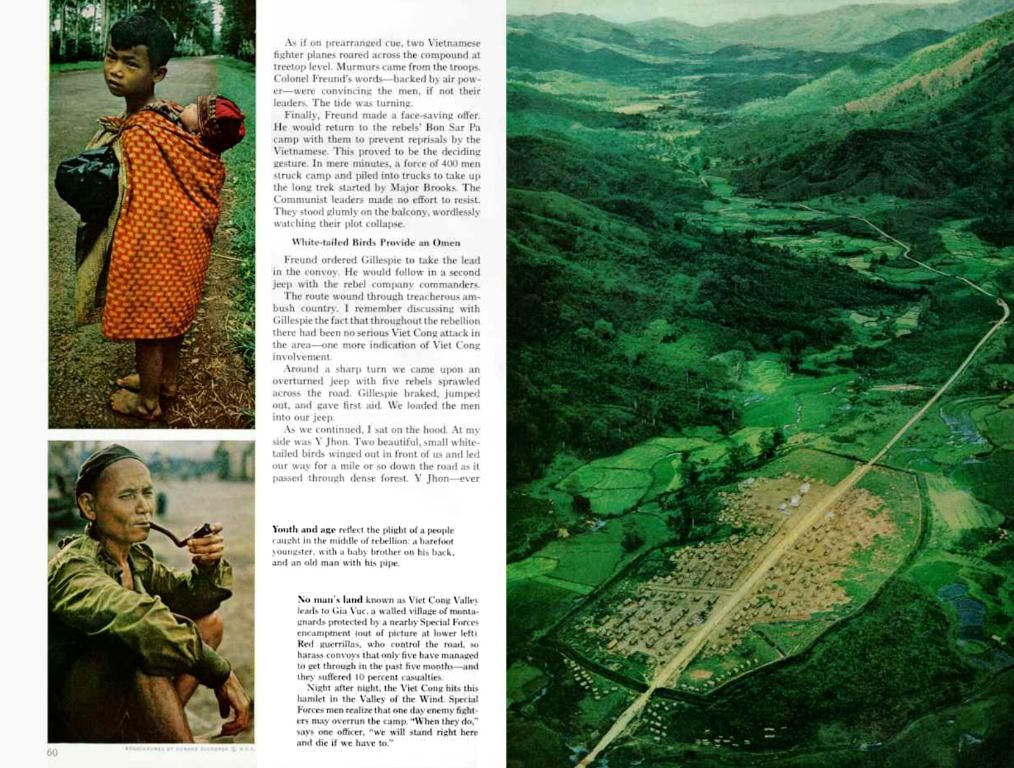
Perennial ryegrass is a quick-growing cool-weather favorite. Durable on its own, it also pairs well with Kentucky bluegrass in grass blends. Ryegrass favors full sun but isn't drought-resistant, demanding regular watering. With a germination period as short as five days, this grass also thrives in minimal shade. Sylva advises a mowing height of 2-3 inches for this rapid-growing variety.
10 Hardy Grasses That Demand Little Attention – and Gorgeous Results
Fescue – Cool Climates' Shady Solution
For patches of shade, turn to the versatile and easy-care fescue grass (Lolium arundinaceum). Suitable for cooler climates, Fescue demands a 3-3.5-inch mowing height. A range of fescue varieties, like tall, blue, and fine fescue, are often blended together or mixed with other grasses like Kentucky bluegrass. Known for its resilience, fescue thrives in heat, droughts, and foot traffic, making it a go-to grass for fields and golf courses nationwide. Unlike other fast-growing grasses, fescue is a bunch-type grass that doesn't spread on its own, so continuous seeding in the fall is necessary to fill in bald spots.
Buffalo Grass – Native, Drought-Tolerant, and Lovely
Native to North America, buffalo grass (Bouteloua dactyloides) is a low-maintenance, drought-tolerant grass perfect for hot, dry climates. May advises spring or early summer planting, as it thrives in temperatures averaging around 80°F. Buffalo grass germinates in about 2-3 weeks and boasts a soft, dense texture that entices butterflies and pollinators. Leave it unkempt for a natural aesthetic or mow it to your preference.
St. Augustine Grass – Lavish Luxury for Hotter Regions
A splurge-worthy, drought-tolerant grass varietal, St. Augustine grass (Stenotaphrum secundatum) creates a thick, vibrant green lawn suitable for hot, dry climates. "Warm-season grasses are well-adapted to hot, dry climates and have lower water requirements than those that thrive in cool, moist conditions," explains May, a plant science expert. St. Augustine grass demands consistent watering and fertilization, is shade-tolerant, and unfortunately, is only available in sod or plug form, making it a pricier option compared to seeded grasses.
Realsimple recommends considering Kentucky Bluegrass for colder climates, as it's a hardy and textured grass that dominates the northern United States with its dark green tint and robust growth. For warmer climates, Bermuda Grass, a drought-resilient turfgrass, is an exceptional choice, excelling in hot zones and thriving in multiple soil types and high sunlight. In subtropical regions, Zoysia Grass, a fast-spreader with a coarse to medium texture, is an attractive option, offering a striking green hue and enduring colder temperatures. These suggestions contribute to crafting a vibrant lifestyle through outdoor gardening, enhancing home-and-garden appeal.
